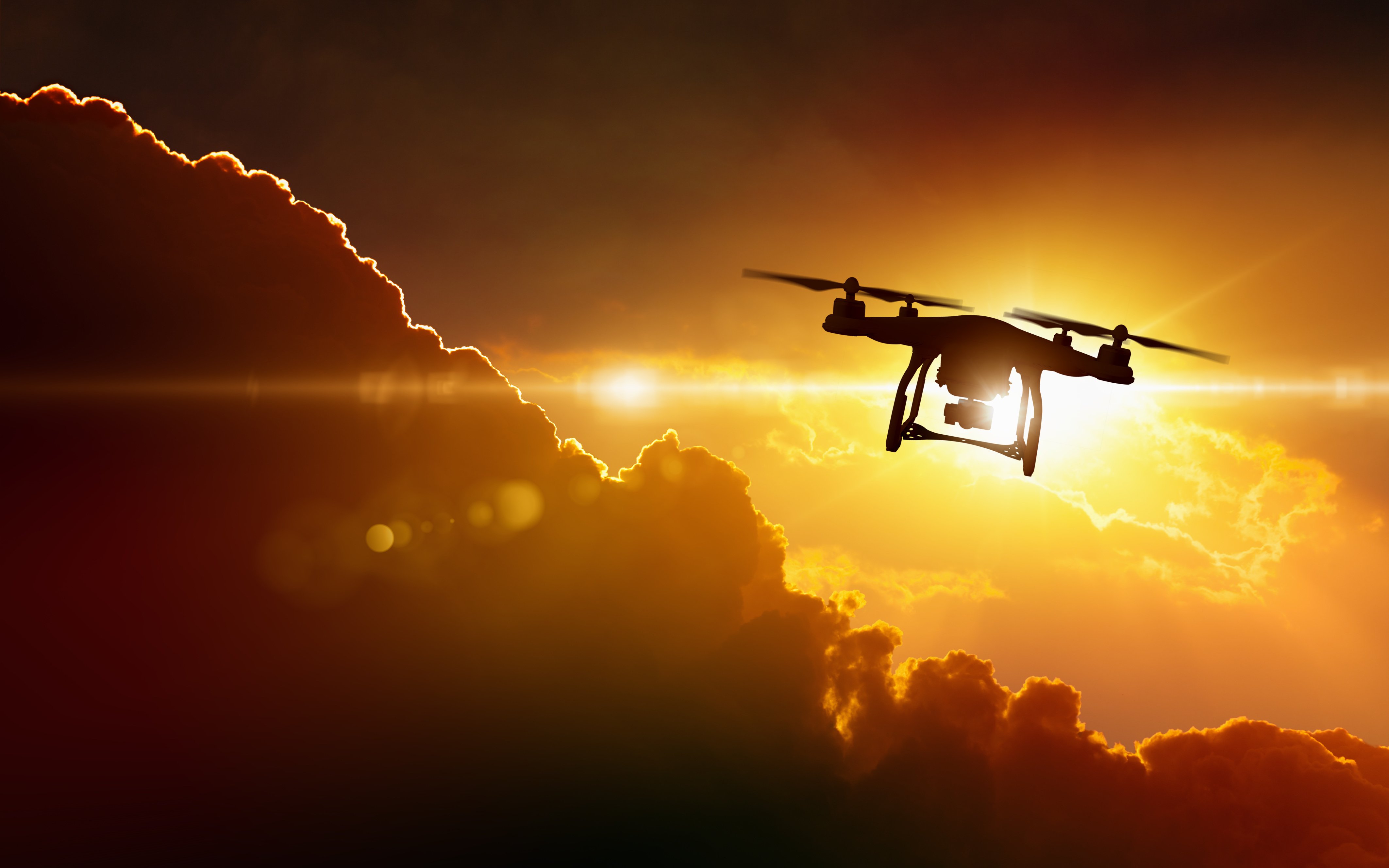In the UK, there has always been a requirement to have permission from the Civil Aviation Authority, to operate a drone commercially.
This changes significantly on the 31st December 2020. In today's blog, we take a look at whether you'll need a CAA Drone License when the UK Drone Laws change over to the new CAA / EASA Drone Regulations.
Read time: ~7 minutes
Does a Drone Pilot need a CAA Drone License or Drone Permission?
Although it's commonly referred to as a drone license - Drone Pilots and Drone Companies have never been granted a Drone License in the UK... The certificate which has traditionally authorised people in the UK to fly a drone commercially is actually a Permission for Commercial Operation; simply, a Permission granted to the Drone Operator, which allows them to operate in accordance with the limitations on the certificate from the CAA.
When the CAA Drone Regulations change on 31st December 2020, the Permission for Commercial Operation will no longer be available and the definition of 'commercial drone operations' disappears from the drone terminology in the UK.
This means that as of the 31st December 2020; you'll be able to fly a drone commercially in the UK WITHOUT needing to have a permission or a Drone License from the CAA which, for most, is excellent news!
However, as with all pieces of amazing news... There's a 'but' that you need to be aware of!
What do you need to fly a drone commercially after 31st December 2020?
With the removal of the CAA requirement to hold a PfCO, gain a commercial drone permission (or drone license) from the CAA, under the new UK Drone Laws from 31st December 2020; what do you need, in order to fly a drone legally and make money from it?
It all comes down to the weight of the drone you want to fly, what you want to do with it and how close you want to get to uninvolved people and built-up areas.
We've got a handy table HERE which you can use to see what qualifications you'll need to have/complete in order to do certain types of drone flights.
In short though; if your drone weighs up to 25 Kg and you can stay 150 metres away from built-up areas and 50 metres away from uninvolved people then all you need to do is the following:
- Complete the CAA Done Registration (DMARES)
- Follow the UK Drone Code
- Ensure you have EC785/2004 compliant drone insurance
Pretty simple stuff eh? :)
If you want to get closer to uninvolved people or fly your drone in built-up areas... This is when you'll need to complete an additional training course such as the CAA GVC (General Visual Line of Sight Certificate) or the CAA A2 Certificate of Competency (A2 CofC).
You can find out much more on these individual qualifications in our other blogs and by tuning in to the Mr MPW YouTube channel which you can find HERE.
What replaces the CAA PfCO on the 31st December 2020?
The CAA Permission for Commercial Operation is essentially being replaced with a new CAA Drone Training certificate and system as of the 31st December 2020.
Whilst not designed to be a direct replacement in terms of the need to have a GVC to fly a drone commercially after the UK Drone Laws change over to the new EASA Regulations. A Drone Pilot who holds a GVC will be able to use their qualification to get an Operational Authorisation from the CAA.
This new 'CAA Operational Authorisation' allows the Drone Operator to fly down to the same separation distances which a traditional PfCO holder would have been allowed to do. It will also allow the GVC Holder to fly their drone in built-up areas AND will allow them to access the 'building-block/bolt-on' system which will mean the GVC holder can fly their drone EVLOS (Extended Visual Line of Sight) and BVLOS (Beyond Visual Line of Sight) if they complete additional training modules with a CAA Drone Training School like UAVHUB.
It's worth noting that there's also a slightly 'lower' standard of qualification which a Drone Pilot can complete called the CAA A2 Certificate of Competency or 'A2 C of C'. Completion of the A2 CofC allows the drone operator to fly certain drones in the Open Category, down to reduced separation distances. You can find out much more about this alternative qualification by checking out the video HERE.
Conclusion
Once the CAA Drone Regulations change to the new 2020 UK Drone Laws, you'll no longer require a Drone License or CAA Permission, to make money from flying your drone. Instead - in most cases you'll only need to have permissions from the CAA, or complete a CAA Drone Training course (like the CAA A2 Certificate of Competency or CAA GVC from ourselves at UAVHUB) if you want to get closer than 150 metres to built-up areas or closer than 50 metres to uninvolved people.
As always, if you need any more help or guidance, please feel free to give the UAVHUB Team a shout on 0800 033 4400 or send an email to us at: hello@uavhub.com and we'll be happy to help out!
Frequently Asked Questions
Do you need a Drone License to fly a Drone in the UK?
No - there is no such thing as a drone license in the UK. The CAA do issue permissions for people to operate drones in certain ways and under certain circumstances.
What is a CAA PfCO ( Permission for Commercial Operation) ?
The CAA Permission for Commercial Operation ( PFCO ), is a permission, issued to a drone pilot, which allows them to operate a drone for commercial purposes in the UK. This is being effectively replaced by the CAA GVC ( General Visual Line of Sight Certificate) on July 1st 2020 - although PfCO's holders should note that as long as they keep their PfCO 'current' and don't let it lapse, they can still continue operating their drones commercially, without having to complete a GVC.
Do you need a CAA PfCO after 31st December 2020?
No - there will be no requirement to hold a PfCO to fly a drone commercially in the UK, after 31st December 2020, when the new UK Drone Regulations and Laws come into effect. After this date, having a 'legacy' PfCO, the new CAA GVC or CAA A2 C of C qualifications will allow you to get closer than 150 metres to built-up areas and 50 metres of uninvolved people. If you can stay further away than the 150m / 50m separation distances, then you just need to complete the CAA Drone Registration (DMARES), abide by the Drone Code and make sure you have EC785/2004 compliant insurance in place prior to any commercial drone flight.




